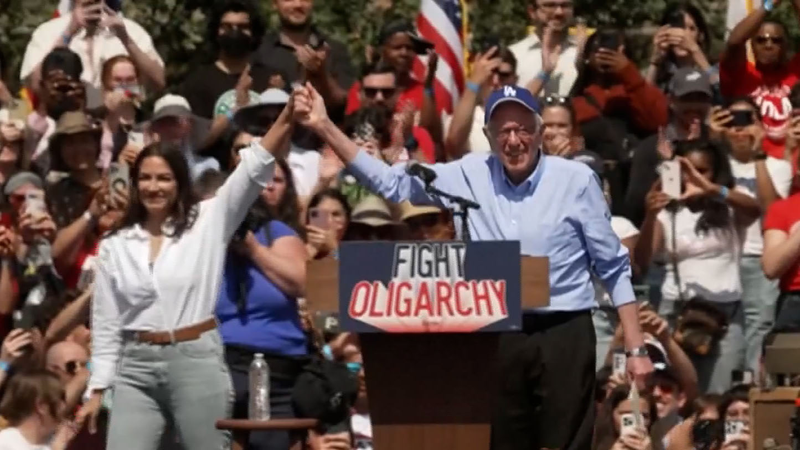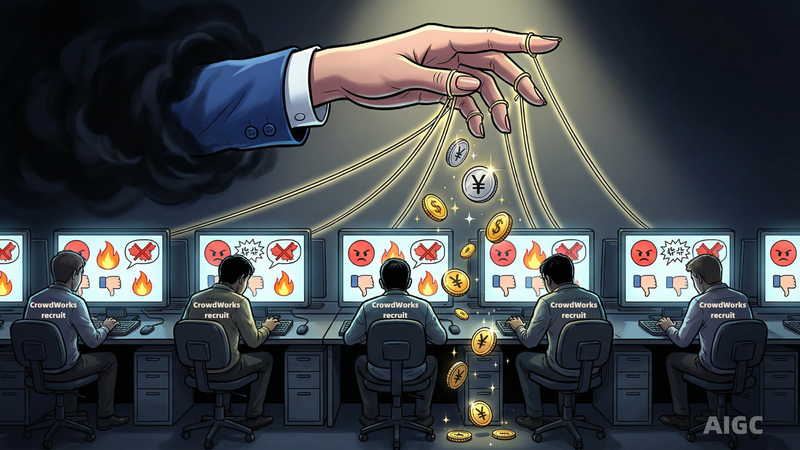Many Democrats were stunned by the November defeat of Kamala Harris, which paved the way for President Trump's second term and solid Republican control of both chambers of Congress. Left with little to no power in Washington, the party found itself at a crossroads.
An intense internal debate over what went wrong paralyzed Democratic leaders for months, leaving the party effectively without a national voice. Grassroots organizers and younger members decried the lack of unity while calling for fresh direction.
In recent weeks, though, new signs of political re-engagement have emerged. A coalition of state chairs launched digital campaigns aimed at youth, and policy task forces have started to roll out proposals on climate action and economic equity. Data shows engagement on social media rising by 15% compared to the first two months.
Political analysts say the party's future hinges on its ability to present a clear vision and mobilize diverse voters. "The next challenge is translating energy into organized action," notes one strategist, highlighting the importance of coalition-building ahead of key elections.
With the midterms on the horizon and global attention on US democracy, the Democratic Party is under pressure to regroup. Can it rise from the ashes and reclaim its footing? The coming weeks will be critical.
Reference(s):
Slow start to Democratic response to first 100 days of Trump
cgtn.com




